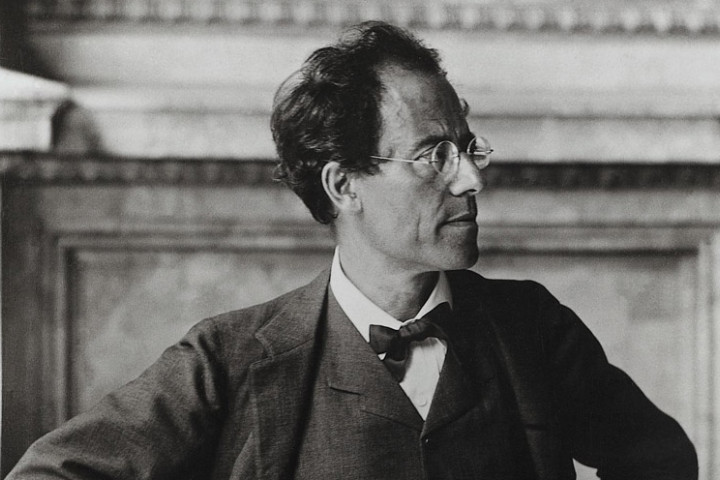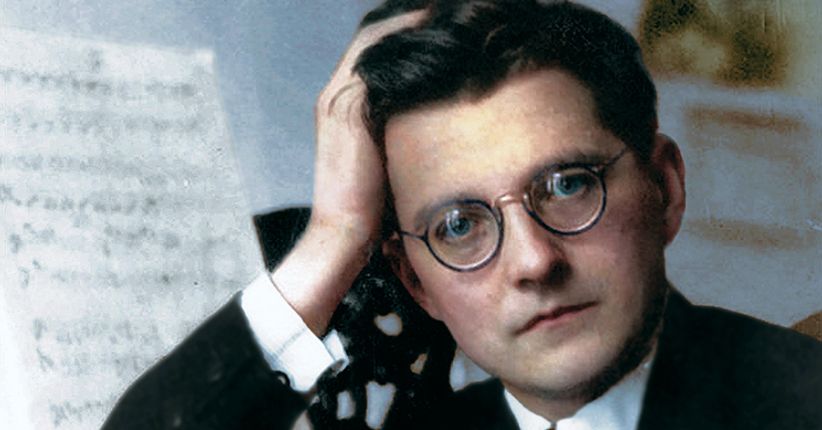
Mahler – Lieder eines fahrenden Gesellen
Gustav Mahler’s Lieder eines fahrenden Gesellen (Songs of a Wayfarer) stands as one of his earliest and most personal masterpieces. Composed between 1884 and 1885,[…]

Mahler – Symphony No. 1
Gustav Mahler’s Symphony No. 1 in D major, often referred to by its early nickname “Titan”, marks the dazzling debut of one of the most[…]

Mahler – Symphony No. 8
Gustav Mahler’s Symphony No. 8 in E-flat major, often referred to as the “Symphony of a Thousand,” stands as one of the most ambitious and[…]

Mahler – Das Lied von der Erde
Das Lied von der Erde (The Song of the Earth) is one of Gustav Mahler’s most profound and personal compositions. Blending the genres of symphony[…]

Mahler – Symphony No. 9
Gustav Mahler’s Symphony No. 9 in D major stands as one of the most emotionally powerful and introspective works in the symphonic repertoire. Composed during[…]

Mahler – Symphony No. 6
Gustav Mahler’s Symphony No. 6 in A minor, often referred to as the “Tragic” Symphony, stands as one of the composer’s most powerful and emotionally[…]

Mahler – Symphony No. 5
Gustav Mahler’s Symphony No. 5 stands as one of the most iconic and emotionally charged works in the orchestral repertoire. Composed between 1901 and 1902,[…]

Mahler – Symphony No. 4
Gustav Mahler’s Symphony No. 4 in G major stands as one of his most accessible and enigmatic works. Composed between 1899 and 1900, the symphony[…]

Shostakovich – Sonata for Viola and Piano, Op. 14
Dmitri Shostakovich, one of the most influential composers of the 20th century, left behind a remarkable legacy of music that captured the complexities of Soviet[…]

Shostakovich – String Quartet No. 12
Dmitri Shostakovich’s String Quartet No. 12 in D-flat major, Op. 133, composed in 1968, is one of the most profound and enigmatic chamber works of[…]